briace's autumn the reservoir
Oct 10, 2012 17:51:55 #
rivington reservoir in chorley supplys water to liverpool here sum pics
Construction of reservoirs for Liverpool Corporation in the mid-19th century led to a decrease in the population when farms were cleared, the valley flooded and property in the western part of the village demolished. William Lever bought the Rivington Hall estate at the turn of the 20th century and used his wealth to renovate the old barns and create a large public park.
Rivington was dramatically changed by the construction of the Anglezarke, Upper Rivington, Lower Rivington and Yarrow reservoirs which were built to provide Liverpool with a safe, clean water supply. Nine properties in the valley were demolished before construction work began. The Rivington Pike Scheme, still in use today, was undertaken by Thomas Hawksley between 1850 and 1857. The scheme was to construct five reservoirs and a water treatment works at the south end of Lower Rivington with a 17-mile (27 km) pipeline to storage reservoirs at Prescot. Water from two higher level reservoirs, Rake Brook and Lower Ruddlesworth, was carried south in The Goit, a man-made channel connecting them to the lower reservoirs. The scheme was expanded in 1856, to include High Bullough Reservoir, built in 1850 by J. F. Bateman to supply water to Chorley. The scheme was further expanded by the construction of the Upper Roddlesworth Reservoir in 186775 by Thomas Duncan and Joseph Jackson.[20] Yarrow Reservoir, on which work began in 1867, was designed by Thomas Duncan, the Liverpool Borough Engineer.[21]
In 1900 Liverpool Corporation attempted to acquire the entire area to safeguard its water supply, and proposed to demolish the entire village. Some buildings were protected and others left vulnerable in an Act of Parliament known as the Liverpool Corporation Act 1902.[22] This allowed the corporation to acquire by compulsory purchase properties in the west of the village, including the Black-a-Moors Head public house and the New Hall, which were demolished between 1902 and 1905. The result was the small settlement that has remained largely unchanged since then.:thumbup: :thumbup:
Construction of reservoirs for Liverpool Corporation in the mid-19th century led to a decrease in the population when farms were cleared, the valley flooded and property in the western part of the village demolished. William Lever bought the Rivington Hall estate at the turn of the 20th century and used his wealth to renovate the old barns and create a large public park.
Rivington was dramatically changed by the construction of the Anglezarke, Upper Rivington, Lower Rivington and Yarrow reservoirs which were built to provide Liverpool with a safe, clean water supply. Nine properties in the valley were demolished before construction work began. The Rivington Pike Scheme, still in use today, was undertaken by Thomas Hawksley between 1850 and 1857. The scheme was to construct five reservoirs and a water treatment works at the south end of Lower Rivington with a 17-mile (27 km) pipeline to storage reservoirs at Prescot. Water from two higher level reservoirs, Rake Brook and Lower Ruddlesworth, was carried south in The Goit, a man-made channel connecting them to the lower reservoirs. The scheme was expanded in 1856, to include High Bullough Reservoir, built in 1850 by J. F. Bateman to supply water to Chorley. The scheme was further expanded by the construction of the Upper Roddlesworth Reservoir in 186775 by Thomas Duncan and Joseph Jackson.[20] Yarrow Reservoir, on which work began in 1867, was designed by Thomas Duncan, the Liverpool Borough Engineer.[21]
In 1900 Liverpool Corporation attempted to acquire the entire area to safeguard its water supply, and proposed to demolish the entire village. Some buildings were protected and others left vulnerable in an Act of Parliament known as the Liverpool Corporation Act 1902.[22] This allowed the corporation to acquire by compulsory purchase properties in the west of the village, including the Black-a-Moors Head public house and the New Hall, which were demolished between 1902 and 1905. The result was the small settlement that has remained largely unchanged since then.:thumbup: :thumbup:
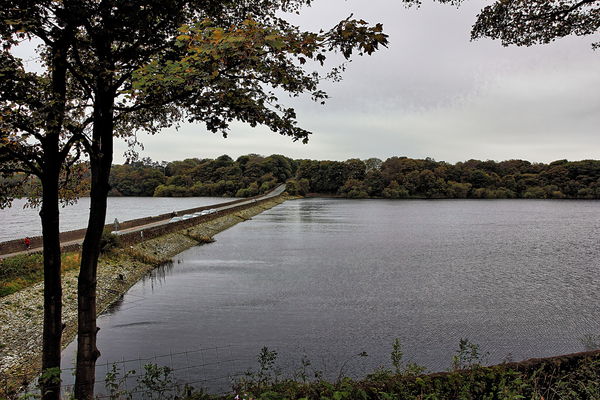
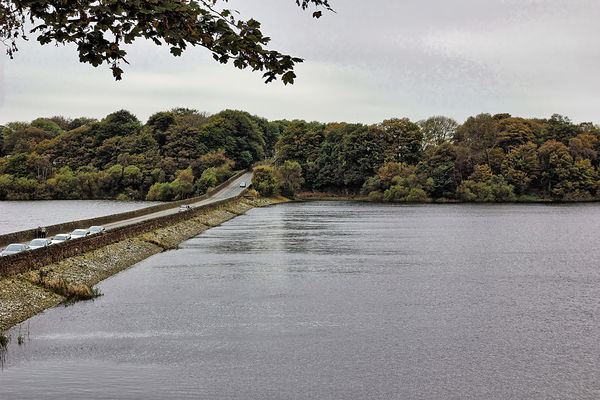
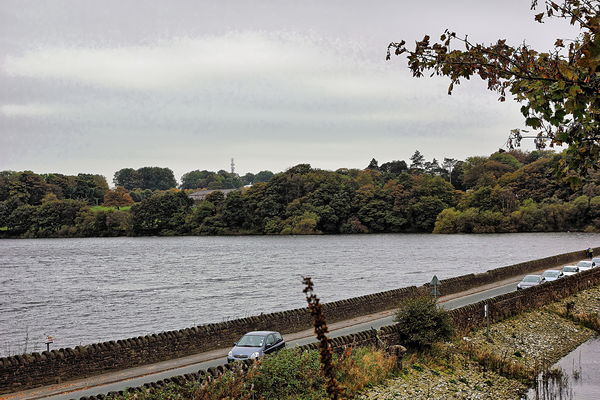
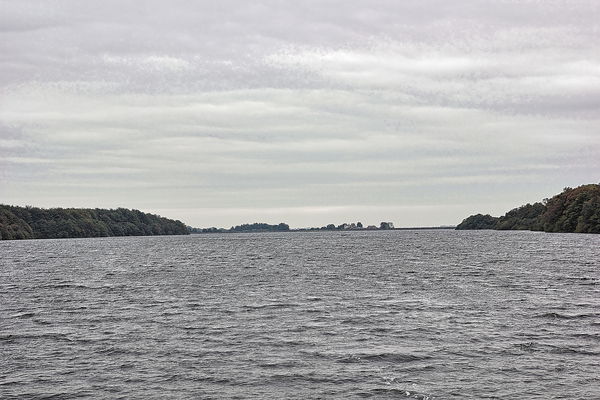
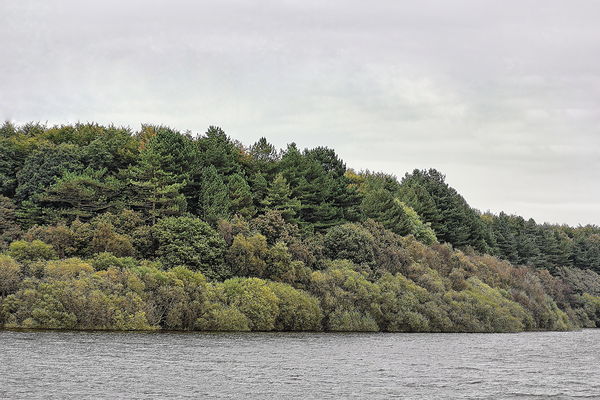
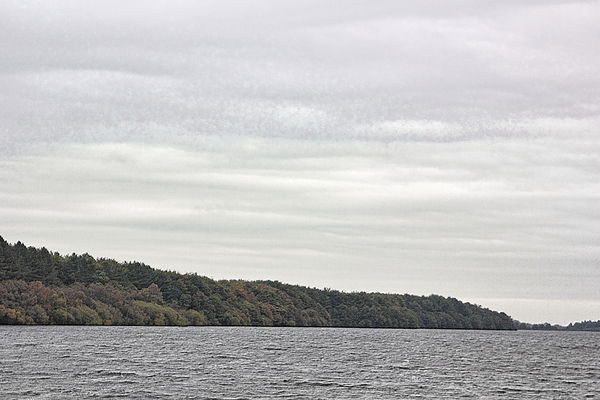
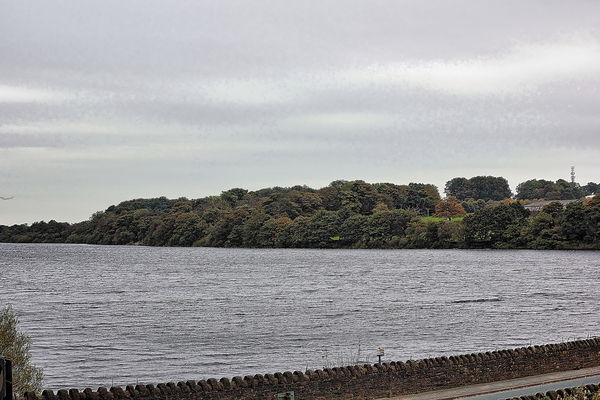
Oct 10, 2012 21:26:16 #
"The result was the small settlement that has remained largely unchanged since then." When you go back take a few snaps of the the settlement. I would bet that it must be beautiful in an old sort of way. Thanks for the pictures and the background history of the region.
Oct 11, 2012 12:15:13 #
briace wrote:
rivington reservoir in chorley supplys water to l... (show quote)
Nice shots briace, as always enjoyed the story history lesson also
Oct 11, 2012 12:17:03 #
Good shots,i've fished off that road on the resevoir banking of course.
Oct 11, 2012 14:19:42 #
Oct 11, 2012 14:39:39 #
Oct 11, 2012 14:58:34 #
Archy wrote:
quote=briace rivington reservoir in chorley supp... (show quote)
:thumbup: :thumbup: :thumbup:
Oct 11, 2012 14:58:54 #
Oct 11, 2012 14:59:36 #
angler wrote:
Good shots,i've fished off that road on the resevoir banking of course.
:thumbup: :thumbup:
Oct 11, 2012 14:59:57 #
gregoryd45 wrote:
quote=briace rivington reservoir in chorley supp... (show quote)
:thumbup: :thumbup:
Oct 11, 2012 23:29:39 #
Oct 11, 2012 23:58:18 #
Oct 12, 2012 03:04:26 #
Oct 12, 2012 03:04:38 #
Oct 12, 2012 03:27:06 #
Always good to see your work, not forgetting the local knowledge. Good stuff..
If you want to reply, then register here. Registration is free and your account is created instantly, so you can post right away.







